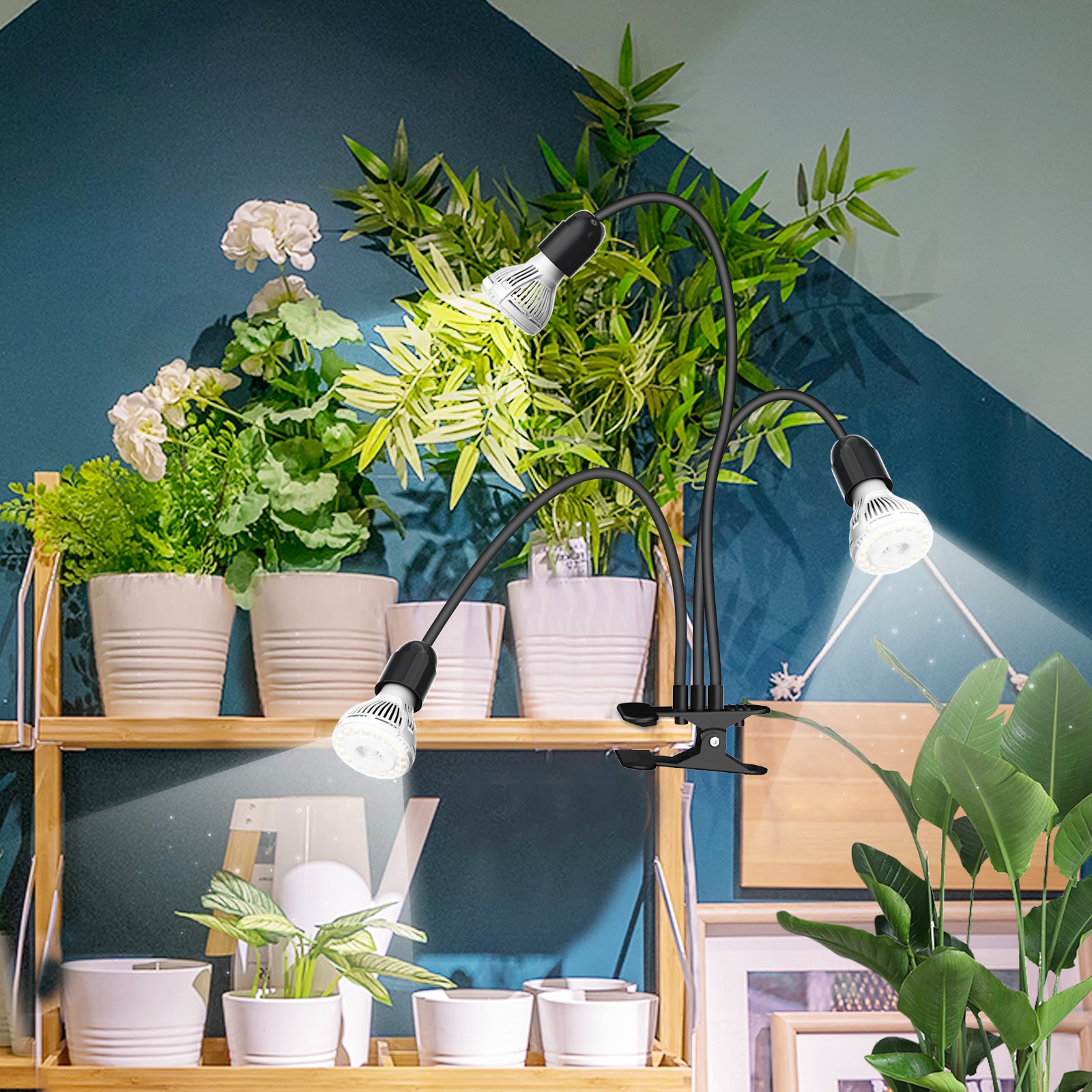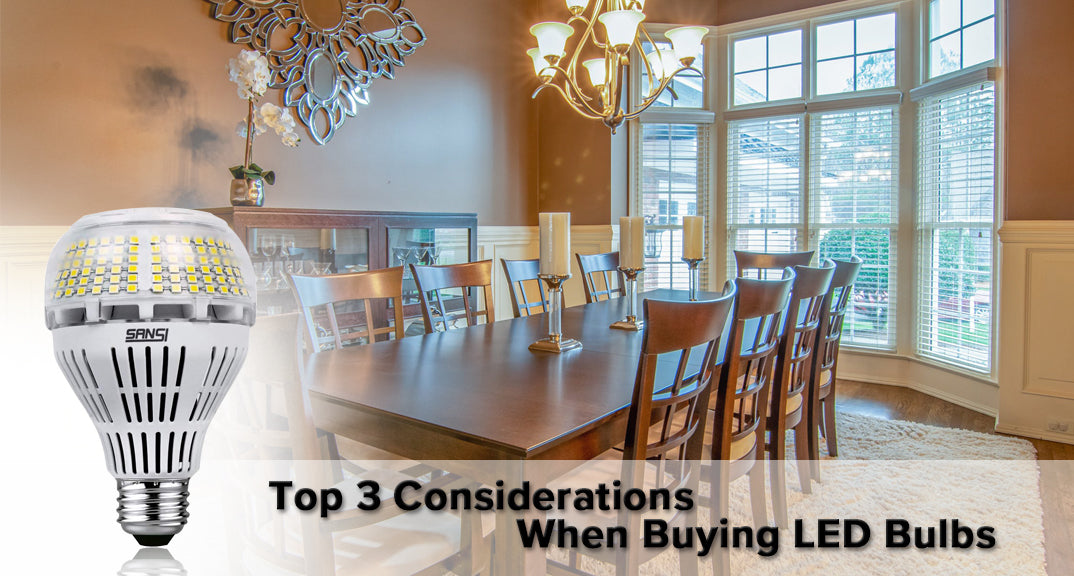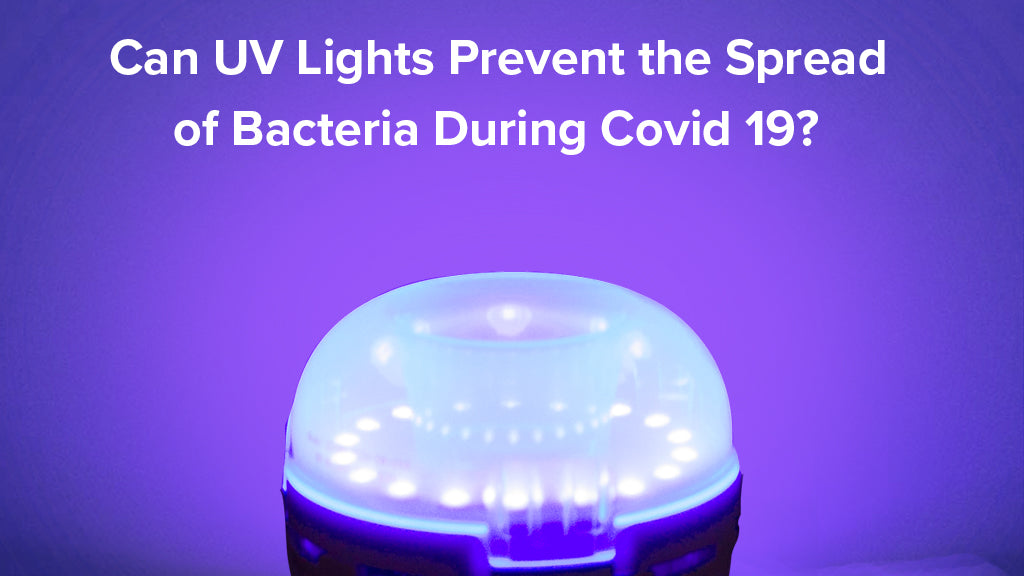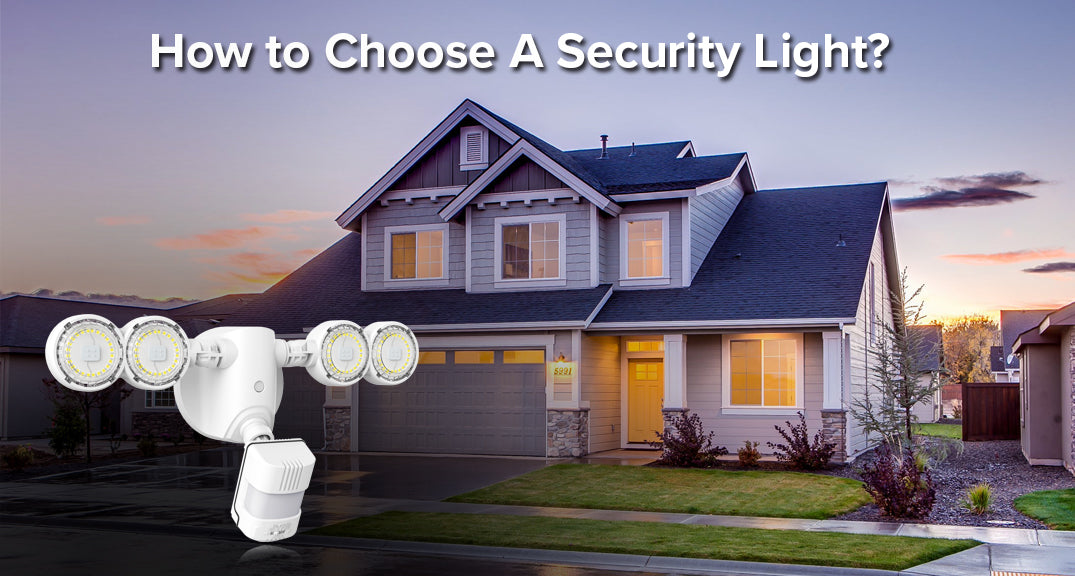
LED bulbs are growing in popularity because of their longer life, energy efficiency and higher brightness than traditional bulbs. Even though LED bulbs have a host of benefits for their new users, they are quite different from buying traditional incandescent bulbs. Although there are many things to look out for efficiency and to outline the most important things this blog will list the top 3 things to look out for. To look up other factors, which are also important you should look at other sources of information. So let’s get to it and find out the top 3 things to look for when buying an LED bulb!
Lumens Are Brightness Not Watts!
Most people looking at Led bulbs for the first time will check the Watts of the bulb. This is natural because traditional light’s brightness was based on how many watts they are. However, with the introduction of energy-efficient LED bulbs, Lumens is the measurement to look for. Lumens is the true measurement of brightness. Below is a conversion chart to get an idea of how many lumens you need to look for.
| LUMENS | INCANDESCENT | LED |
| 2600 lm | 150 W | 25-28 W |
| 1600 lm | 100 W | 16-20 W |
| 1100 lm | 75 W | 9-13 W |
| 800 lm | 60 W | 8-12 W |
| 450 lm | 40 W | 6-9 W |
As you can see from the table, traditional incandescent consumes far more wattage than LED bulbs when producing the same amount of lumens. So it is important to look at the lumens listed on the LED box and not the wattage.
The Correct Color Temperature
Color temperature is measured in Kelvins and LED chips are very effective at reaching any color you desire. RGB Chips and meeting different color temperatures are effectively met by LED Chips. As are an indoor and outdoor home lighting, there are usually 3 main color temperatures that are popular. This usually ranges from 2000K yellowish beams to daylight beams of 5000K and 6500K whitish-blue light above daylight. Each of these has its own use.

Yellow beam 2000K-3500K: Softer more comfortable light. For bedrooms, living rooms or dining rooms. Less functional light and more for comfort.
Daylight beams 5000K & 6500 blue/white beams: Both of these color temperatures are for functional and general and task lighting. They can be used in kitchens, offices anywhere that would require more attention and clearer vision.
So the next time you are looking at LED bulbs, pay attention to the Kelvins and color temperature on the box so that you are getting the right color for your room.
Look For Dimmable and Non-Dimmable
Dimmers have always been made to fit traditional incandescent bulbs. So LEDs are not always compatible. Due to LED’s circuitry, they may not be suitable and will flicker, hum or buzz when installing into a dimmer. When you go to buy an LED bulb you need to check to see if they are dimmable or non-dimmable bulbs.
What is A Great Bulb For Inside the Home?
The newly released SANSI 30Watt Omni-directional bulb is a standard A21 shape led bulb with E26 medium screw base and it is a fantastic bulb for inside your home. For 30 watts the beam is incredibly bright at 5000 lumens and at 5000K it will definitely brighten up your home. Something this bright would be most suitable for the kitchen, office, dining room or garage. As its beam is more beneficial for task lighting. However, these things do sometimes come down to personal choice. If you’re looking for an energy-efficient bright LED bulb, these are the way to go!





Leave a comment
All comments are moderated before being published.
This site is protected by hCaptcha and the hCaptcha Privacy Policy and Terms of Service apply.